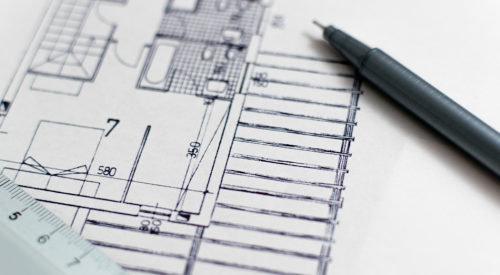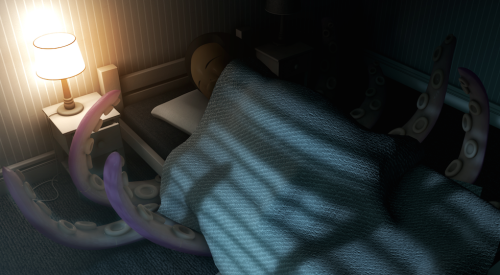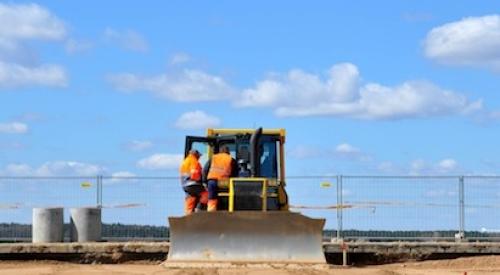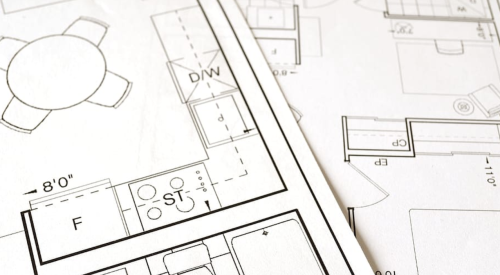During an orientation recently with a room full of suppliers and trades for one of our “LeanPlan Workout” implementations, I was interrupted by a woman who clearly did not appreciate my message. Despite my saying it 6 different ways and illustrating with numerous pictures, she was not buying my story that Lean is not about “dumbing down” the houses.
I showed pictures of shutters that were not only costly and unnecessary; they detracted from the look of the house. “I like shutters!” she exclaimed. Well so do I if they are the right size and if they fit with the style of the house but so often, they do not. I showed frieze boards that were grossly oversized or in some cases completely unnecessary, making the elevation look heavy and unbalanced. “But I like frieze boards!” And when I got to the overuse of shoe molding and how it can make a room look cluttered I thought she was going to start throwing rotten tomatoes. “And I love shoe molding. How can you take away shoe molding?”
I am known to love a good debate and usually I am pretty adept at working the conversation around to common ground. No such luck this week. I tried to explain that Lean Design & Building is simply about removing waste in product, process and plans and that for each and every thing you put in a house, you have to ask, “Will a customer willingly pay for this?” If not, you need a really good reason for doing it. At times there are good reasons, such as local inspectors, health & safety issues or competition. But as an old colleague of mine used to say, such things are often no more than merely “notional” with only tenuous facts to back them up.
Lean is never about initial price. Lean is most always about total cost, and it is always about value. Anything that brings true value to a house is something that the customer – at least a knowledgeable and informed one – will pay for. Does using a 10” frieze board bring value to a home? I concede that there may be a few customers who value that and perhaps a style that needs it. But I challenge you to look at the design with smaller or even no frieze board and be absolutely sure that it brings value. To this woman, I may as well have been speaking in German. She was going to have her big fat frieze boards. One route, of course, is to make the extra stuff optional. Just make sure you cover the true total cost plus your margin. Anyone that passionate about it will likely pay the freight.
The value proposition applies to process as well as it does product and there are two interesting things about it. First, the answer to “Will the customer pay for process waste” is always “No!” Second, process waste is almost always buried in house cost with no line item to account for it. Thus to the builder process waste is usually out of sight, out of mind. The irony is that the suppliers and trades see process waste – and pay for it – in spades. Will the customer willingly pay for the 3 extra trips for trim delivery because of mistakes, inadequate details, delayed selections or late change orders? Of course not. How about 500 extra phone calls per house because of inadequate plans? (Don’t scoff, this has been measured and proven.) How about chasing down unpaid VPO’s? The list goes on and on. Process waste is more difficult to spot, measure and eliminate that product waste. The good news though, is that getting rid of process waste always makes things better – for everyone.
I doubt I could ever convince this woman that Lean was not going to make the house cheap or ugly and perhaps she was influenced by the many builders who have hijacked the term Lean on their way to merely stripping down the homes and lowering specifications. That’s all too common. Remember what Lean is, and is not. Lean never says “eliminate features and amenities and dumb-down the design.” Lean does ask in every case, “show me the value and eliminate the waste.”













